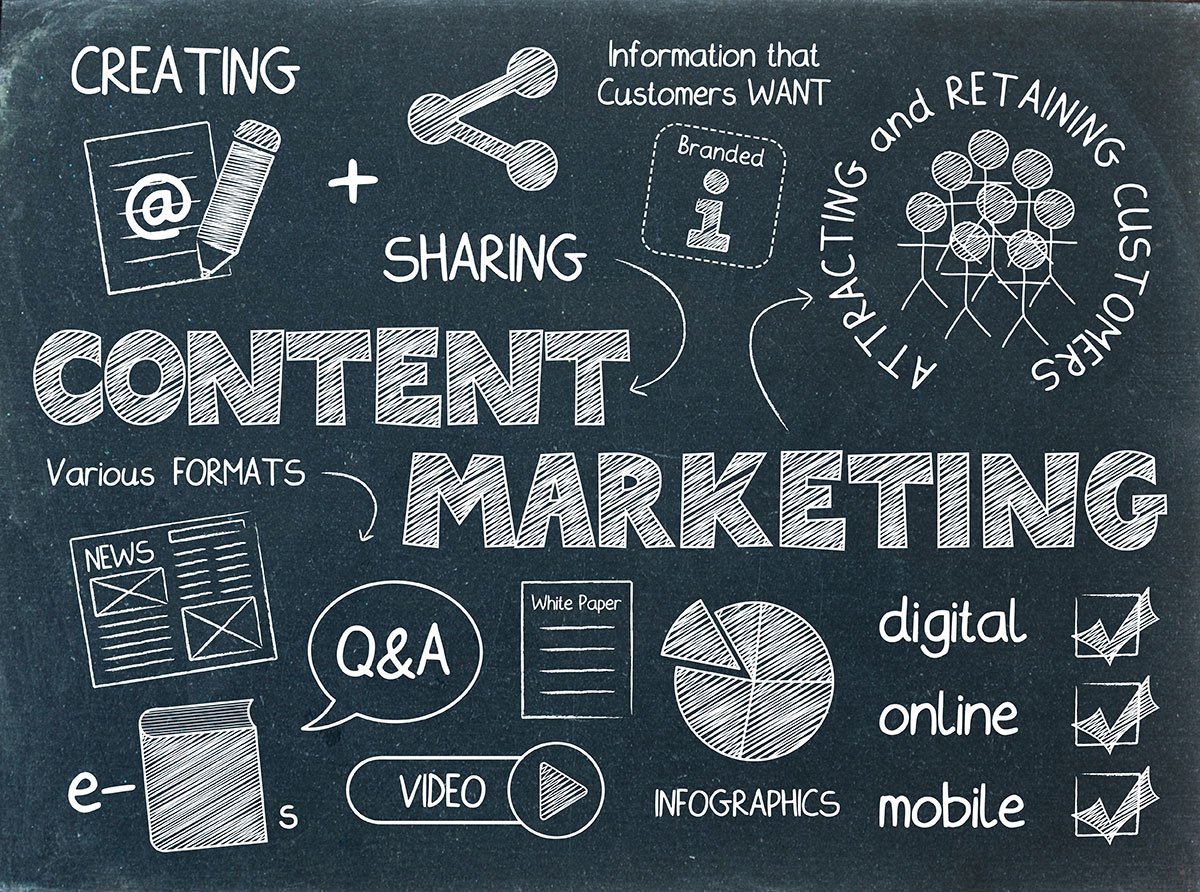Start At The End Of Your Marketing Funnel: With Your Website
Marketing has a lot in common with software development. Because it’s done on mutable/editable platforms, you don’t have to over-plan, and you can cut right to action, by ‘hacking’ as coders say. The one exception is to complete your website before you attract people to it with ads, SEO, or other funnel-top posts.

One of the few places where there are dependencies in your marketing operation is your website. That is where everybody converges or ends up, but it’s what you want to build first.
Before ad campaigns. Before deciding on where ads will run. Before you designate funnel tops, you have to consider the middle and bottom of the funnel.
All roads lead to the website.
The key aspects of a great website:
- Design;
- Branding and messaging. Have a differentiated message that explains how you address a common pain point;
- Make your UX (User Experience) and information architecture simple and clean;
- Optimize your navigation. Nothing on your site should require more than three clicks to access. Include a search function;
- Your copy should be professional and abundant, not just for SEO purposes, but to serve your demographic;
- Your platform should be fast;
- You should have an abundance of best-in-class content that’s easily discovered on your site;
You do the site last because you don’t want to use ads or social posts or SEO to drive traffic to an empty site.
And you don’t want to begin populating that site before you’ve determined your messaging.
And ideally, you want your messaging to reflect an actual, differentiated, product or service.
So, those are the core dependencies in digital marketing. The rest can be largely improvised.
Your website presents an opportunity – both good and bad. It can grow shares and traffic, or repel guests by not presenting the best option for the resolution of their pain point.
Ways That Content Can Be Created And Managed
Your website presents an opportunity – both good and bad. It can grow shares and traffic, or repel guests by not presenting the best option for the resolution of their pain point. The content on that website is determinative; you can’t have a high-performing website without world-class content.
Content creation falls into a few categories:
- Content you have to produce;
- Content that already exists and which only needs to be published;
- Content comprised of reformulated content.
New content you produce can come from your staff and principals, or from outsourced content creators. It can be easy to leverage a team and a ‘content calendar’ to produce a volume of content in a relatively short time. Everybody at your company has some insights and expertise that has value to your customers.
Sometimes though, fresh content needs to be created. In this case, there are a number of talent contracting websites like Guru.com or HireUp.com. Our favorite is Fiverr.com. They have a professional section for very high-quality and creative work – everything from engineering white papers and data sheets to industry and analysts reports. Excellent, cost-effective copy and even infographics can be created for your business by a workforce all over the world.
As for what kind of content to create, SparkToro or BuzzSumo – or your own knowledge of your demographic – can help you discern what kind of content you should be creating. Here is a list of different content types.
You could have internal guides, training manuals, memos, and even emails, that could have value to your demographic.
Finally, content used in one forum can be modified and distributed. There are a number of ‘headless’ content management tools, that act effectively as content repositories.





